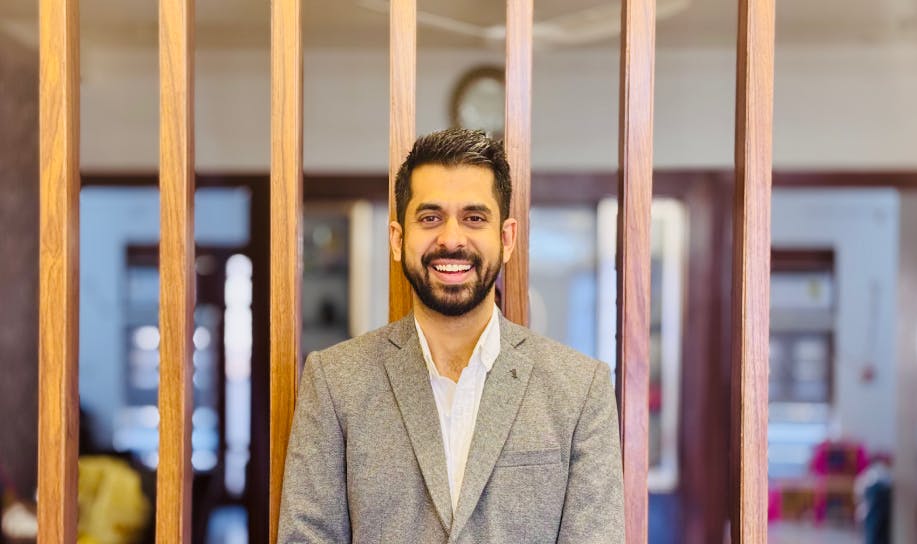A team of Spanish physicists are participating in the international collaboration project COMPHORTwhich aims to develop a quantum communication system capable of issuing and shielding messages in emergency situations. Its coordinator is Carlos Antón, from the Department of Materials Physics of the Autonomous University of Madrid, and it is funded by the State Research Agency (AEI).
The COMPHORT project aims to create a device to emit individual photons efficiently. In addition, it is intended to be simple, easy to handle, and able to operate at room temperature. Achieving it will be a milestone, since as Antón explains, «Quantum devices generally must be cooled to temperatures below those found in the depths of space, which is complicated and expensive.«.
Antón also points out that his idea goes through «use these single photons in quantum communication protocols, where a message can be securely encrypted, since a “single photon” cannot be split into two photons nor can it be copied or cloned. These single photons will be generated by a “quantum emitter” in a special material (hexagonal boron nitride defects) that works perfectly at room temperature«.
The plan of the team that will develop the quantum communication system is to insert these quantum emitters into a «light trap It is an “optical cavity«, and you can think of it «as in two parallel mirrors, where the photons bounce from one side to the other, interacting with the quantum emitter, which makes the generation of a single photon from the emitter much more efficient and faster«.
The scientist also points out that «This cavity-emitter device constitutes a super-bright single-photon source. We want this single-photon device to be easy to use, so we plan to excite the quantum emitter with electrical pulses, rather than lasers, as these are typically fragile, bulky and expensive.«.
The project began its journey in July 2024, and will last until June 2027, although the ultra-efficient individual photon source to be able to use the system, operated at room temperature, will be ready at the end of 2025. The objective, as we have mentioned , is “create a solid, reliable and effective communication system to be used in situations where communication requires unconditional security«. The resulting technology also has potential in applications that require geographic mobility, such as aircraft, drones or autonomous vehicles.
Currently, the project is already in a sufficiently advanced state to be able to test what its operation would be like. The team of researchers and companies working on its development is going to test it by sending secure messages through the air, encoded in the polarization of the individual photons emitted, in the center of Berlin.
In its development they are participating, in addition to Spanish researchers, experts from Germany, Türkiye and the United Kingdom, as well as companies from Germany and Türkiye. Specifically, apart from researchers from the Autonomous University of Madrid, experts from the Ízmir Institute of Technology, the Carl von Ossietzky of the University of Oldenburg, the Technisch Universität Berlin and the University of Bristol collaborate. Also the companies Nanoplus Advanced Photonics Gerbrunn GmbH, and QLocked.


/cdn.vox-cdn.com/uploads/chorus_asset/file/24934213/Indoor_ValueProp_Mount_2x.jpg)









